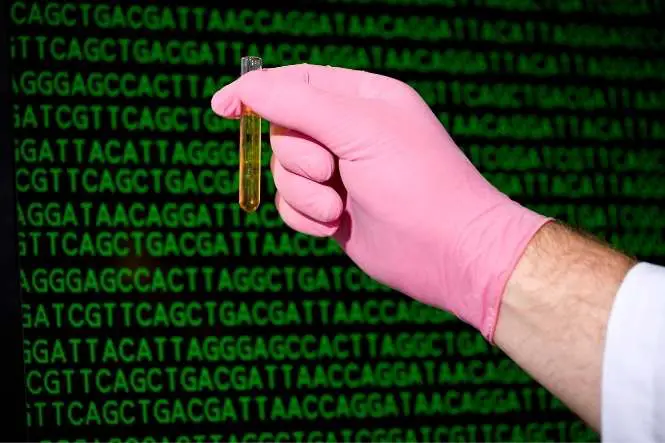DNA is a valuable and important means for making the identification of a suspect possible in criminal investigations.
These DNA samples are normally obtained through means of bodily fluids or flecks of skin found at the scene or indeed on the corpse. DNA samples can also be taken from individuals who have been the victims of a serious sexual assault where bodily fluids were excreted during the attack. At the scene of a crime the surrounding area is checked for signs of such secretions and the undersides of the victim’s fingernails are scraped for samples.
Collecting DNA
A DNA sample – which can only be obtained from a suspect in police custody if they give their consent – can be used to make a positive identification or likewise to prove an individual’s innocence; however this can only be used in conjunction with other evidence and should not be deemed accurate solely on its own merits.
DNA samples can also be taken from the crime scene and found in the most unusual of places. It is also worth noting that DNA samples do not have to be taken from bodily fluids but can be found on the rims of cups, knives and forks, cigarette ends, and any surface that might come into contact with the human form.
Once a sample has been taken DNA is taken from it using a solution of salt or chloroform and phenol. DNA can be copied through this process as well as being split down for examination.
Analysing DNA
DNA is split when heated, the double helix splitting into two halves; and once the DNA has cooled it will form a new set of building blocks, which will repair the two halves. Each cell contains around six feet of DNA strand when viewed under an electron microscope.
Once this procedure has been completed a gel and nylon membrane are used in order to segregate the bar code DNA effect that we have now come to recognise as commonplace in television series and films. The technician then places the membrane between x-ray films to produce what is known as an autoradiograph.
Mitochondrial DNA is DNA that has remained unchanged through generations and can remain evident in the skeletal composition of a corpse long after the individual has deceased. This DNA can be used and has been helpful in proving the identity of corpses who have died and have been left to decay. This Mitochondrial DNA is then compared to the DNA of surviving family members and these comparisons can help prove the identity of the diseased.
Advances
The United Kingdom’s National DNA Database increases every year by roughly 400,000 profiles.
The increase of DNA samples being taken and stored has led to a rise in the number of convictions especially for crimes that have been unsolved for a number of years. This is a trend that looks set to contain over the years and further advances in DNA technology seem set to make the process of taking DNA samples and their results much more reliable.
As of this time most countries in the West now operate DNA databases and often cooperate with each other on investigations spanning many border crossings in a bid to reduce the numbers of illegal immigrants moving from place to place.

